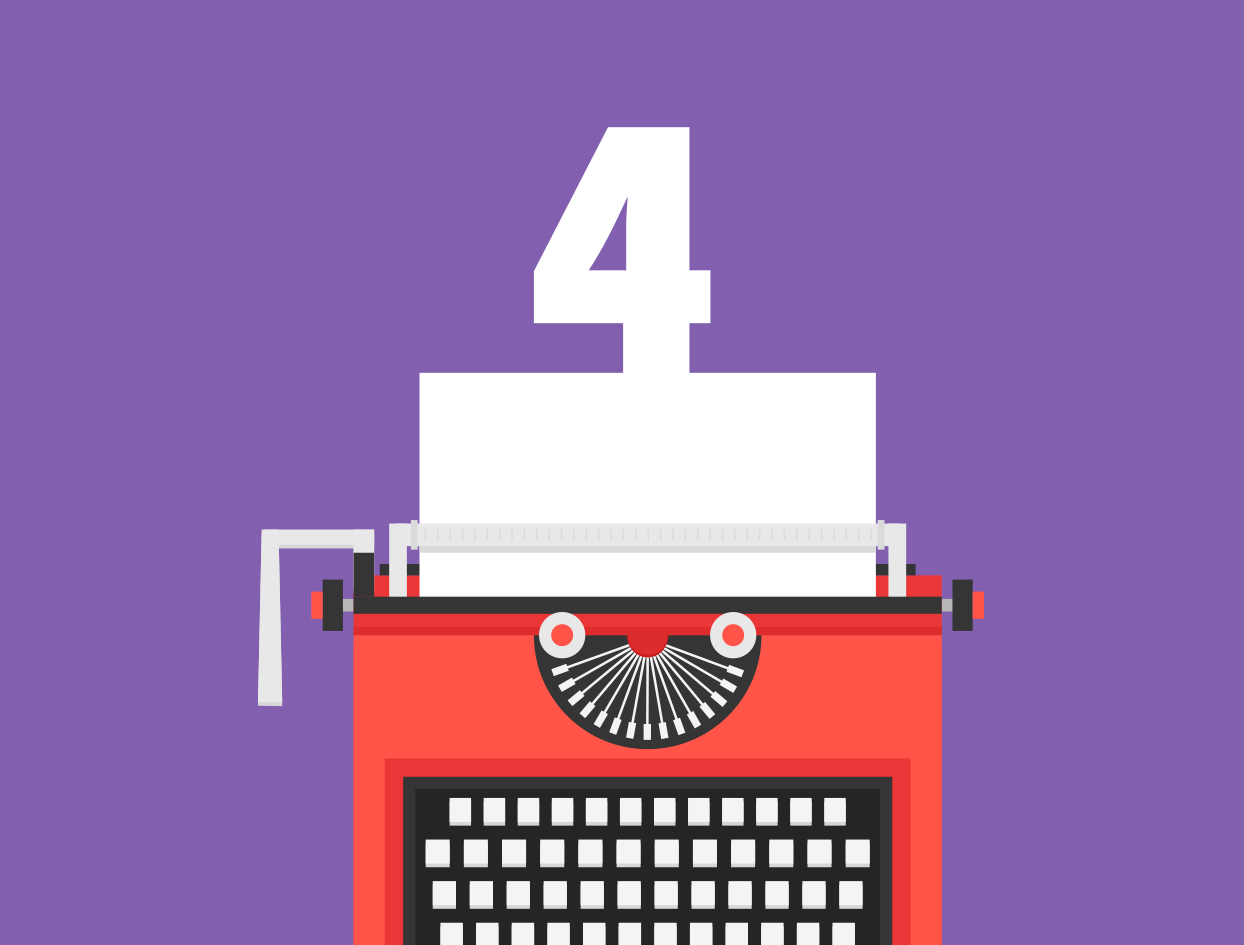 There’s a certain romance to successful lead generation. First, you need to attract visitors. Then, you need to woo them into converting into leads.
There’s a certain romance to successful lead generation. First, you need to attract visitors. Then, you need to woo them into converting into leads.
If you play your cards right, this courtship will end in happy, mutually beneficial relationships as you close and delight them as customers, but I think we’re getting a bit ahead of ourselves. You just met, after all.
Before you can start nurturing any B2B relationship, you need to get visitors to convert on your website, usually via a landing page. While there are a number of best practices out there on how to set up and design landing pages, most advice stops short of arguably the most important element: the written copy.
Copy is the meat of your landing page. It’s what sets you apart, sells your offer to readers, and ultimately compels them to fill out the form.
Need a little help sweeping your leads off their feet? Here are four essential copywriting tips to help you woo more leads with your landing pages:
1. Leave a little mystery.
To generate more leads on your landing pages, start by creating a “curiosity gap.” In other words, leave space between what your readers know and what they want to know about your offer. By presenting an idea but leaving out the details, you present a question that can only be answered by filling out the form.
You want to create a thirst for answers without being frustratingly vague, which can make your audience quickly lose patience. To avoid this, try the following in your landing page copy:
- Ask a question. By incorporating a question into your copy — even as simple as “How does your content stand up against your competitors’?” — you force readers to assess their own knowledge or situation and wonder how your offer can help them improve.
- Take a bold stance. Take an unconventional or controversial stance on the topic at hand. By going against the norm, you’ll pique readers’ interest and make them wonder why you came to this conclusion — and what other things you’ll have to say.
2. Establish an emotional connection.
The easiest way to influence someone’s behavior is to strike an emotional chord. When visitors arrive to your landing page, see your imagery, and read your copy, you want them to feel understood.
In fact, 74 percent of online consumers get frustrated when website content doesn’t appear relevant or understanding of their situation. Emotional understanding makes readers trust your brand and feel more comfortable converting on your site, which makes them more likely to do so.
To make an emotional connection with your copy:
- Speak the same language. Research your buyer personas, how they communicate, what words they use, and industry jargon. Incorporating these familiar words into your copy will show a deeper level of understanding of your audience, their needs, and how they express themselves.
- Address their pain points. What do your prospective buyers want to achieve? What stands in their way of achieving that goal? Frame your offer as a solution to these pain points to shed a positive light on converting.
3. Show tangible benefits.
Similar to addressing pain points, keep the focus of your landing page on the value you can provide. People don’t want to hear you brag about your features or expertise; they want to know what’s in it for them.
With this in mind, frame your features in terms of the benefits they provide.
For example, if your e-book shares lead nurturing tips, highlight how it will help increase sales or boost revenue. If your offer is a SlideShare about new organizational tools, let readers know how they’ll help improve efficiency and productivity.
Calling attention to the direct benefits of the offer will help illustrate to readers why they need to convert.
4. Create a sense of urgency.
Time’s running out!
OK, it’s not really running out, but I caught your attention, right? Techniques like this on your landing page can grab readers’ attention and encourage immediate action.
No one likes to be left out. By adding limitations to your offer, readers’ fear of missing out kicks in and tells them they won’t have this opportunity for much longer. They need to fill out the form now or forever miss out on the value promised.
Capitalize on this sensation by:
- Setting a submission deadline.
- Adding a live countdown to the deadline.
- Limiting the quantity available.
- Using urgent language, such as “for a limited time only,” “only the first 50 applicants,” or “space is limited.”
To win readers’ trust — and their conversion — you must go the extra mile to understand them, their behaviors, and their aspirations. With this knowledge, you’ll have all the tools you need to craft copy that truly converts.
Want to learn more tips and tricks for boosting lead generation from your content marketing efforts? Download our whitepaper below:




 There’s a certain romance to successful lead generation. First, you need to attract visitors. Then, you need to woo them into converting into leads.
There’s a certain romance to successful lead generation. First, you need to attract visitors. Then, you need to woo them into converting into leads.



